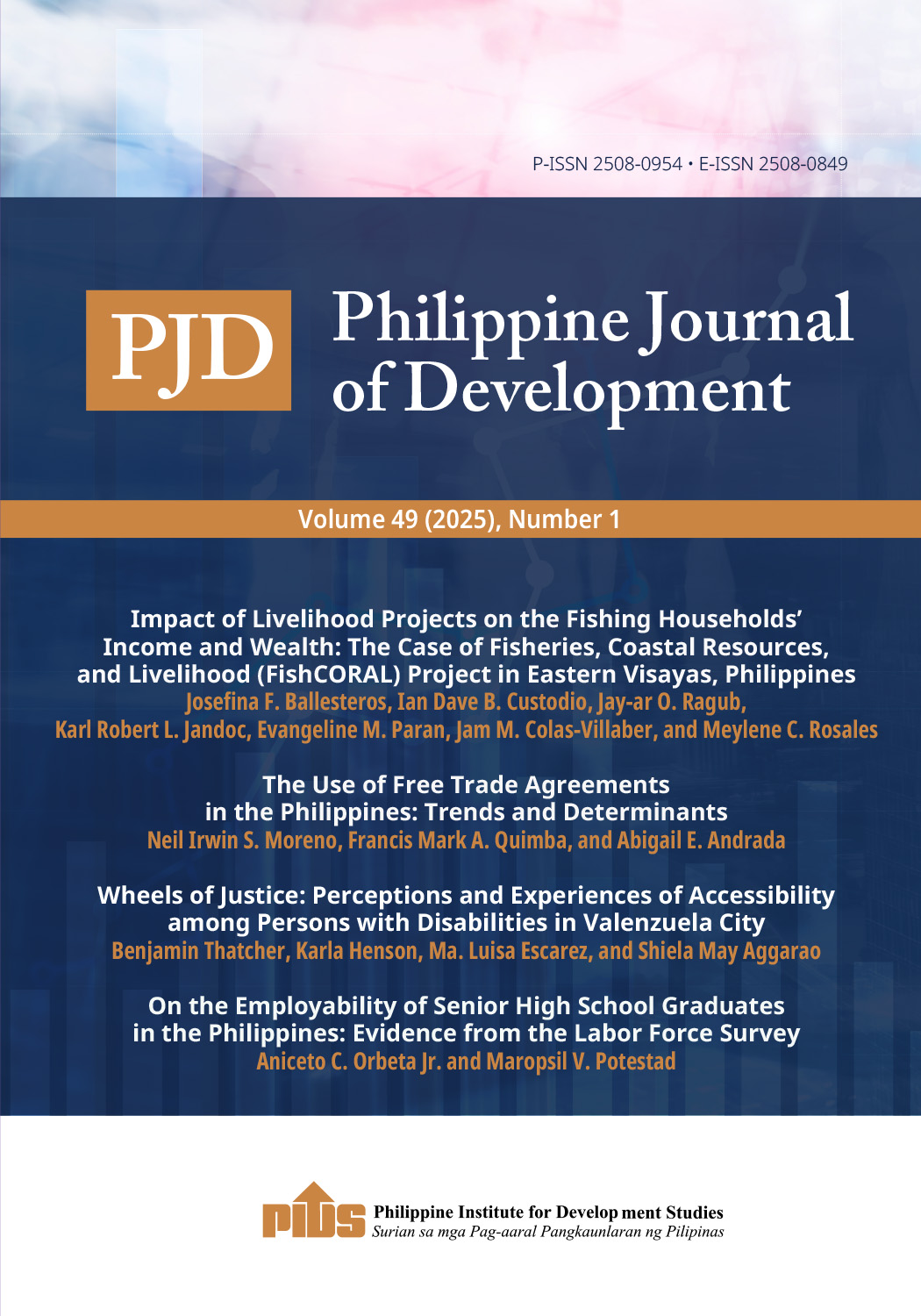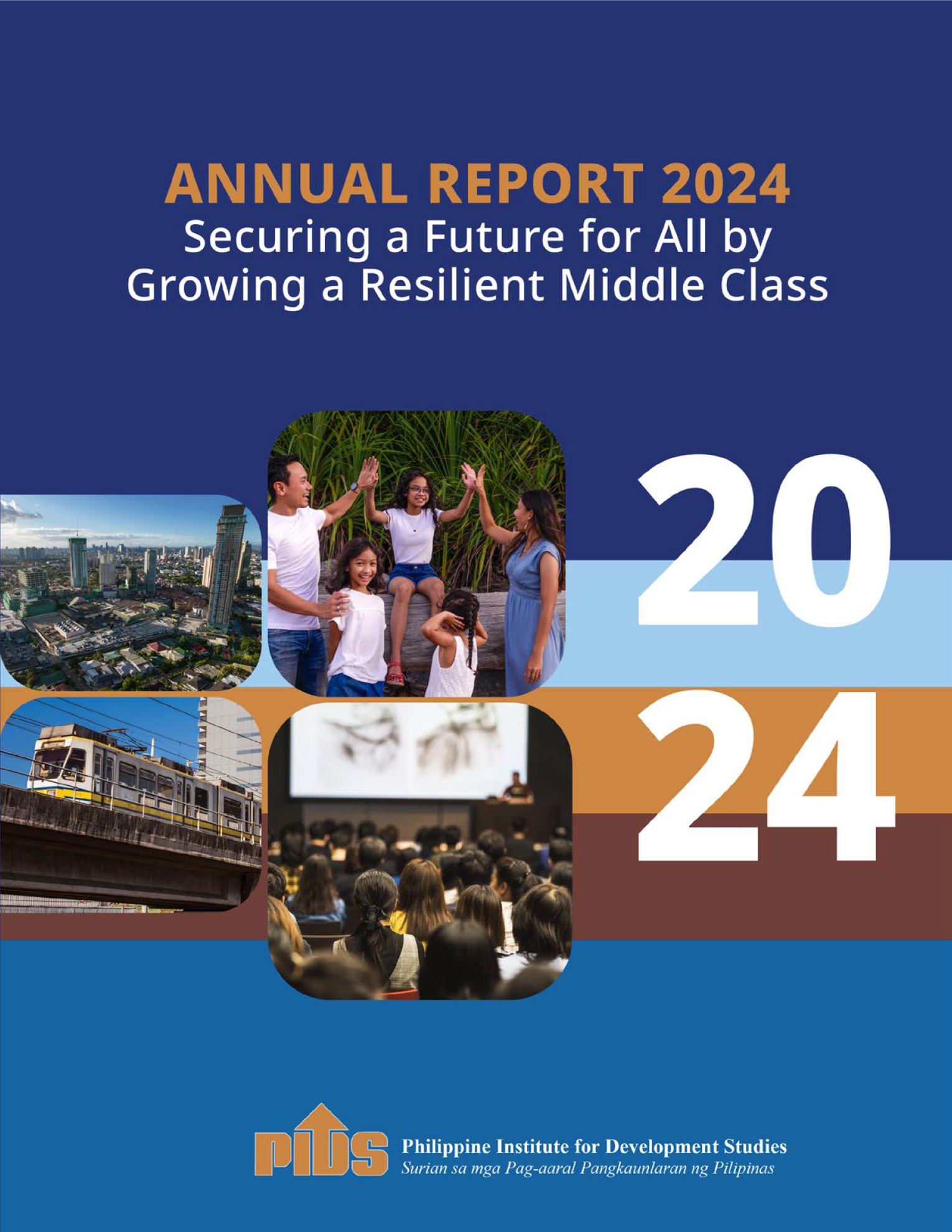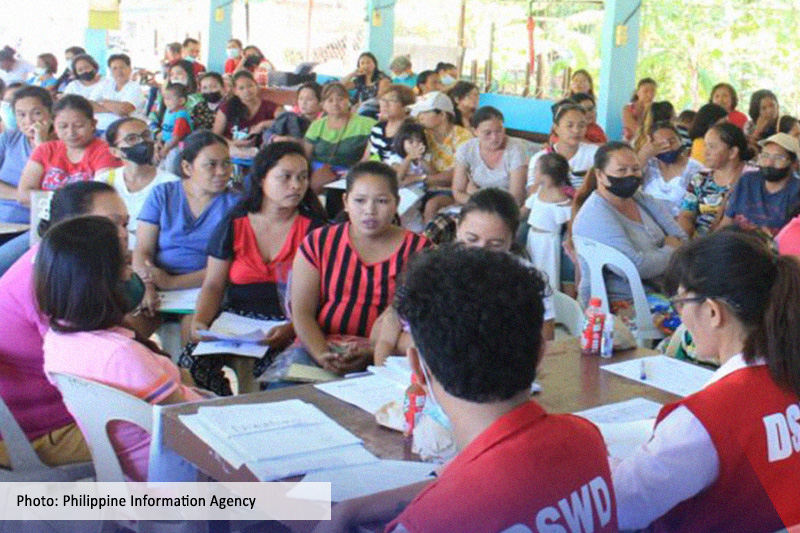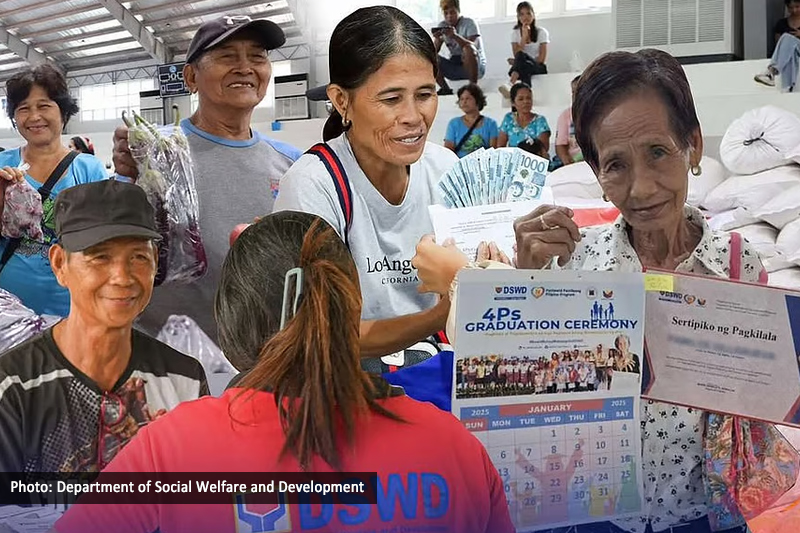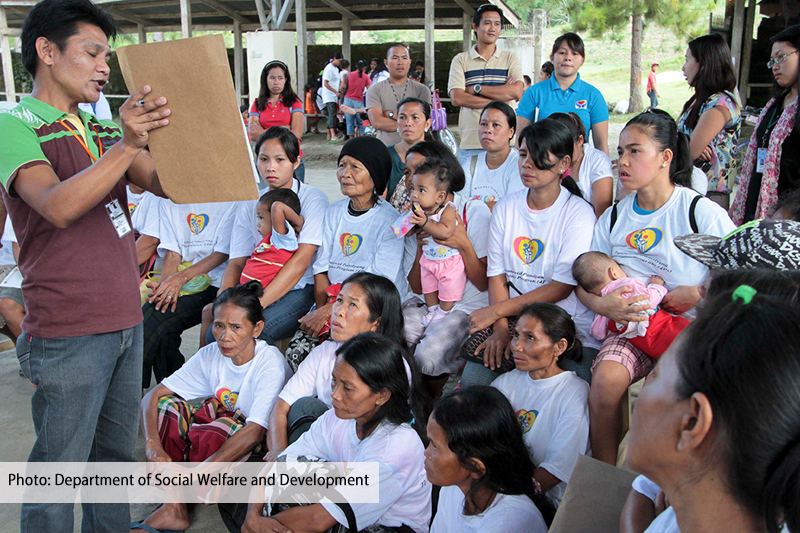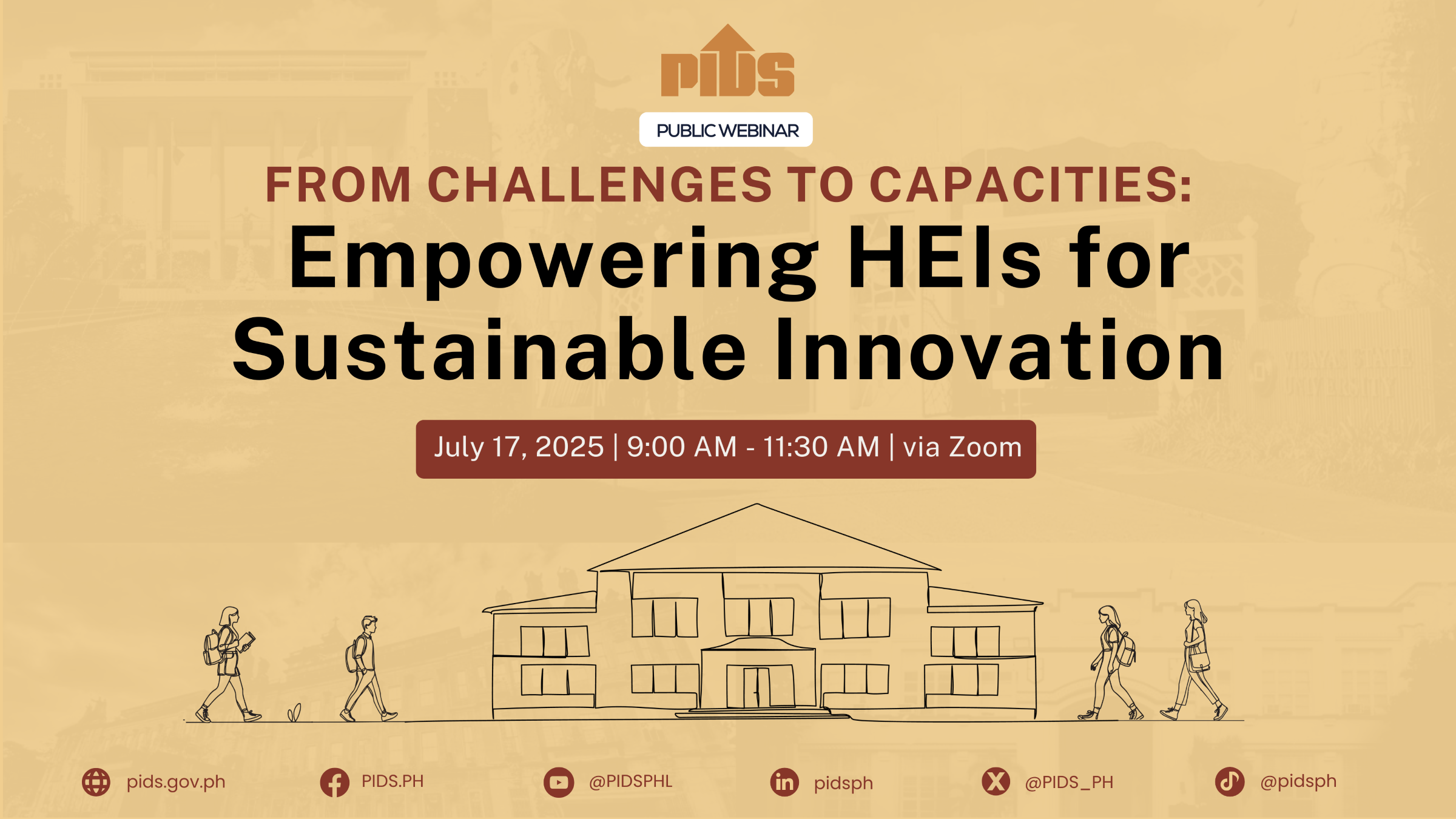
The country’s current tax system “seems buoyant but may need more improvements” to achieve fiscal sustainability.
This was according to a recent study published by state think tank Philippine Institute for Development Studies (PIDS) and authored by former Research Fellow Charlotte Justine Diokno-Sicat, Senior Research Specialist Robert Hector Palomar, and Research Analyst Mark Gerald Ruiz.
“Because of the widened [fiscal] deficit, the government has emphasized the need to come through with its fiscal consolidation and resource mobilization plan. The strategy is to have more economic activities, which would lead to more sustainable debt and cash revenues, but this depends on the flexibility of the tax system,” Ruiz said.
Tax buoyancy, which measures “the impact of changes in national income to the changes in tax revenue”, is an indicator of the tax system’s flexibility.
At a PIDS public webinar, Diokno-Sicat and Ruiz presented their tax buoyancy estimates, which go as high as 1.183 in the short run and as low as 0.921 in the long run. According to the authors, a tax buoyancy rate above one indicates that tax revenue is moving faster than the gross domestic product (GDP) which could “help the government reduce the fiscal deficit”. If it is less than one, then revenues relative to the GDP are falling—a risk [to fiscal sustainability] that “the government would have to address with policies for a more progressive tax system.”
“There are buoyant taxes, which we might still be able to improve. I am a strong advocate of the property valuation efforts currently in Congress,” Diokno-Sicat said.
The study examined how the 2023 National Expenditure Program, also called the President’s budget, embodies the priorities identified by the national government.
The proposed 2023 budget is PHP 5.268 trillion, of which 75.9 percent (PHP 3.996 trillion) is allotted for current operating expenditure, 23.6 percent (PHP 1.24 trillion) for capital outlay, and 0.5 percent (PHP 28.7 billion) for net lending.
In terms of sectoral distribution, the social services sector (composed of education, health, social welfare, labor and employment, and housing) is set to receive the highest share at 39.3 percent (PHP 2,070.7 billion), followed by the economic services sector (agriculture, trade and industry, tourism, and water resources development, among others) at 29 percent (PHP 1,528.5 billion).
Diokno-Sicat said that the expenditure trends are the same but with slight shifts in priorities. For instance, the social protection and health sectors will receive higher shares in 2023 as part of the administration’s priorities for the post-pandemic recovery.
Meanwhile, the Department of Public Works and Highways is set to receive the highest share among line agencies at 16.8 percent (PHP 717.31 billion). The Department of Education and the Department of the Interior and Local Government follow at 15.7 (PHP 667.18 billion) and 5.9 (PHP 251.18 billion) percent, respectively.
Watch the webinar at https://fb.watch/gWO0ncjAKF/ or https://youtu.be/4qsPfPLhPek.
For more videos of PIDS events, go to https://www.pids.gov.ph/videos. ###

